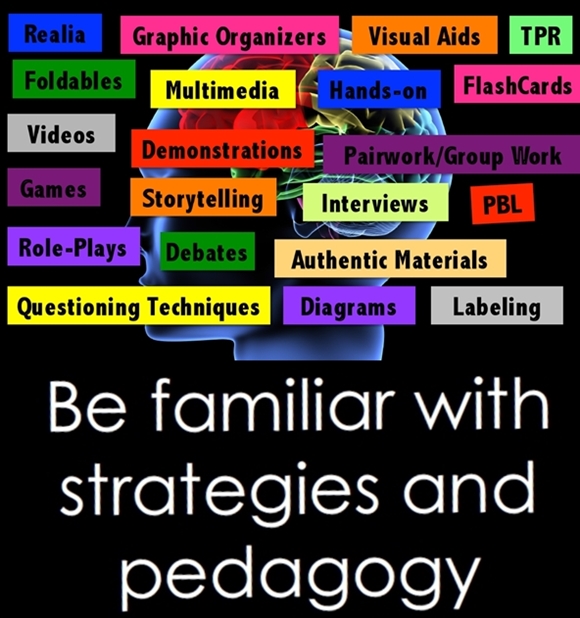Teaching English as a Second or Foreign Language (ESL/EFL) is a rewarding and impactful profession, but it requires a unique set of skills, strategies, and passion to succeed. Whether you’re a seasoned TESOL teacher or just starting your career, understanding how to connect with students, adapt to their needs, and maintain a dynamic learning environment is crucial. In this article, we’ll explore the key attributes of a successful English language teacher and offer practical tips to help you excel in the classroom.
1. Understand Your Learners
The foundation of effective teaching starts with understanding your learners. English language learners (ELLs) come from diverse cultural and linguistic backgrounds, each with different levels of proficiency, learning styles, and motivations. To be a successful teacher, you must:
- Know Your Students’ Backgrounds: Take time to learn about your students’ cultures, native languages, and individual needs. This knowledge helps you create a more inclusive learning environment.
- Adapt to Different Learning Styles: Some students are visual learners, while others prefer auditory or kinesthetic learning. Incorporate various teaching methods (videos, songs, hands-on activities) to cater to these different preferences.
- Set Clear Goals: Work with students to set achievable language goals. This helps keep them motivated and gives a sense of progress.
2. Master Classroom Management
A well-managed classroom creates a positive learning atmosphere where students feel safe, engaged, and motivated. Effective classroom management includes:
- Establish Clear Rules and Expectations: Set ground rules from the start, ensuring students know what is expected in terms of behavior and participation.
- Be Consistent: Consistency in enforcing rules and routines helps maintain discipline and structure in the classroom.
- Encourage a Supportive Environment: Create a space where students feel comfortable making mistakes and asking questions. Language learning can be challenging, and students should feel supported in their efforts.
3. Incorporate Engaging Activities
The best English language teachers know how to make learning fun and interactive. Here’s how you can keep your lessons lively and engaging:
- Use Games and Interactive Tools: Language games, quizzes, and apps like Kahoot and Quizlet make learning enjoyable while reinforcing vocabulary and grammar.
- Incorporate Technology: From language apps to online platforms, technology can enhance the learning experience. Use tools like interactive whiteboards, educational videos, and virtual learning platforms to engage students.
- Group Work and Collaboration: Encourage pair and group work to foster peer learning. It also helps students practice communication in a more realistic, conversational context.
4. Be Patient and Adaptable
Every student learns at their own pace, and as a teacher, patience is key to fostering growth. Some students may take longer to grasp certain concepts, while others may excel quickly. To succeed:
- Adapt Lesson Plans: Be flexible with your teaching methods. If students struggle with a particular concept, revisit it using different approaches.
- Use Scaffolding Techniques: Break down lessons into manageable parts, offering support as needed. Gradually remove support as students gain confidence in their language skills.
5. Focus on Communication, Not Perfection
A successful English language teacher encourages students to communicate, even if they make mistakes. The goal is fluency and comprehension, not perfection. Here’s how to shift the focus from correctness to communication:
- Emphasize Speaking and Listening: Create more opportunities for students to speak and listen in English through role-plays, discussions, and presentations.
- Correct Mistakes Constructively: When students make mistakes, correct them in a way that boosts their confidence rather than discouraging them. Focus on the most important errors (those that impede understanding) and allow room for improvement over time.
6. Create a Culturally Inclusive Classroom
An effective English language teacher values cultural diversity and creates an inclusive environment where all students feel respected. Here are some ways to promote cultural awareness:
- Incorporate Cultural Content: Use materials that reflect the cultures of your students. Celebrate their traditions, holidays, and languages within your lessons.
- Promote Cultural Exchange: Encourage students to share their own cultural experiences and perspectives. This helps foster understanding and respect among classmates from different backgrounds.
7. Keep Learning and Improving
To stay successful in teaching English, continuous professional development is essential. Here are ways to keep improving your teaching skills:
- Attend Workshops and Webinars: Participate in professional development opportunities such as TESOL webinars, workshops, and conferences to stay updated on new teaching methodologies.
- Join a Professional Network: Becoming part of a TESOL network or association can connect you with other educators and resources that inspire new ideas and approaches.
- Reflect on Your Teaching: After each class, reflect on what went well and what could be improved. Keeping a teaching journal can help you identify areas for growth.
8. Be Passionate and Enthusiastic
Passion and enthusiasm are contagious in the classroom. When you show genuine interest in the subject and excitement for teaching, your students are more likely to be engaged and motivated.
- Bring Energy to Your Lessons: Use animated speech, gestures, and visual aids to make your lessons more dynamic and memorable.
- Encourage Curiosity: Foster a love of learning by showing your students that English isn’t just a subject, but a gateway to discovering new cultures, ideas, and experiences.
9. Use Real-Life Context
Successful English teachers know that students learn best when they see how the language is used in real-life situations. Incorporating authentic materials helps students relate to the content and practice English in practical contexts.
- Use News Articles, Videos, and Podcasts: Bring real-world content into your lessons to expose students to different accents, slang, and everyday language.
- Role-Playing Scenarios: Create situations like ordering at a restaurant, job interviews, or booking a hotel room to give students hands-on practice.
10. Be Encouraging and Supportive
Finally, a successful teacher is a mentor and guide. Encouragement goes a long way in building students’ confidence and love for learning.
- Celebrate Progress: Even small improvements deserve recognition. Praise your students when they master new vocabulary, overcome challenges, or take initiative in class.
- Offer Extra Help: Be available to offer extra assistance to students who need it. Providing individual attention shows you are invested in their success.
Conclusion: Striving for Success as an English Language Teacher
Becoming a successful English language teacher is about more than just teaching grammar and vocabulary. It’s about connecting with your students, understanding their needs, and creating an environment where they can thrive. By embracing creativity, patience, cultural awareness, and continuous improvement, you can inspire your students and make a lasting impact on their language learning journey.
Whether you are teaching abroad or in a local setting, these tips will help you become not just a teacher, but a mentor who fosters growth, confidence, and success in every student you encounter.



